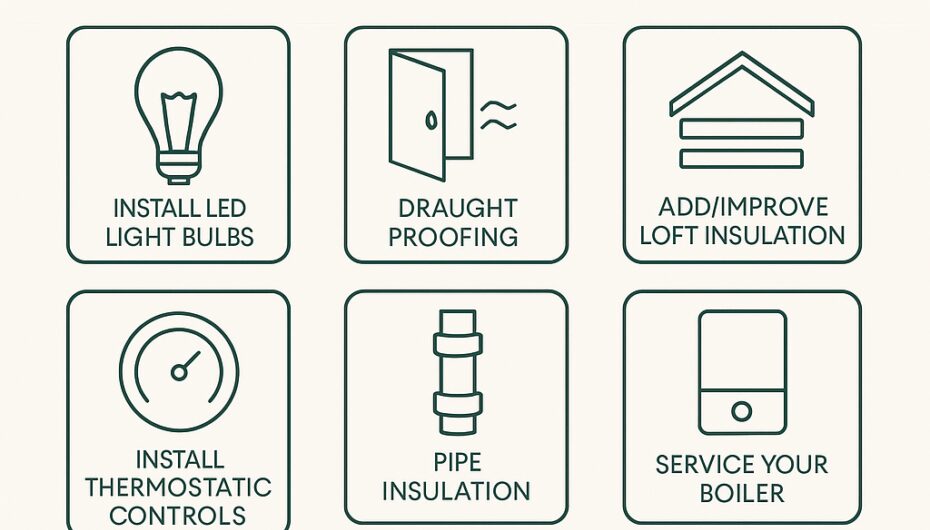 19th May 2025
19th May 2025
What Landlords Need to Know About the Upcoming EPC Regulation Changes
As part of the government’s wider push towards a greener future, major changes are on the horizon for Energy Performance Certificates (EPCs)—and landlords across North Essex and South Suffolk will need to act sooner rather than later.
At Boydens, we’re keeping a close eye on these updates to help landlords make smart, timely decisions about their property investments. In this post, we’ll explain what’s changing, how it may impact you, and provide eight cost-effective tips for improving your EPC rating.
How EPC Assessments Are Changing
Currently, EPCs are carried out using a system known as RDSAP (Reduced Data Standard Assessment Procedure). This method estimates a property's energy efficiency based on simplified assumptions and limited data. While convenient, it can sometimes miss the mark—especially in older or unique properties where standard assumptions may not apply.
Introducing SAP: A More Accurate Approach
Under the proposed new regulations, EPC assessments will shift to SAP (Standard Assessment Procedure). Unlike RDSAP, SAP uses more detailed data inputs and models energy performance based on actual efficiency rather than estimated energy costs.
This means:
- More accurate EPC ratings – especially for well-maintained or recently upgraded properties.
- Greater visibility of energy-saving investments, like insulation or smart heating controls.
- Stronger alignment with the government’s net-zero goals.
For landlords, this represents an opportunity to take a proactive approach—boosting property efficiency, meeting upcoming standards, and improving tenant satisfaction.
The Pressure Is Building: Why Landlords Should Act Now
Government proposals have suggested that all newly rented properties should reach a minimum EPC rating of C by 2028, although timelines may shift. Despite the uncertainty, landlords should start preparing now. Delaying upgrades could result in:
- Increased costs when retrofits are rushed last minute.
- Void periods if properties are not compliant by deadline.
- Penalties or restrictions on letting non-compliant homes.
8 Budget-Friendly Ways to Improve Your EPC Rating
Even small upgrades can have a big impact. Here are eight practical, low-cost steps landlords can take today to drive up their EPC ratings:
- Install LED Bulbs
- Cost: £1–£5 per bulb
- Impact: A quick and inexpensive upgrade that improves lighting efficiency across the home.
- Cost: £20–£100
- Impact: Sealing gaps in doors, windows, and chimneys keeps warmth in and bills down.
- Cost: £100–£300
- Impact: One of the best value-for-money improvements for increasing energy efficiency.
- Cost: £20
- Impact: Prevents unnecessary heat loss and improves water heating efficiency.
- Cost: £100–£200
- Impact: Improves heating control and efficiency. Smart thermostats offer even greater benefits.
- Cost: £5–£20
- Impact: A low-cost upgrade that reduces heat loss and boosts overall system performance.
- Cost: £50–£100
- Impact: While it may not change the boiler’s rated efficiency, a well-serviced boiler performs more efficiently in real-world conditions.
- Cost: Free
- Impact: If you’ve made upgrades not listed on the current EPC, submit evidence to ensure they’re recognised in the next assessment.
Need Help Navigating EPC Changes?
At Boydens, we’re here to support our landlords through every stage of the lettings process—from regulatory updates to practical advice on home improvements. If you’re unsure where to start with your EPC upgrades or want to discuss your options, get in touch with your local Boydens branch today.
We can connect you with trusted local contractors, help interpret EPC reports, and offer guidance tailored to your specific property portfolio.







